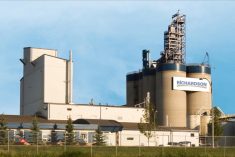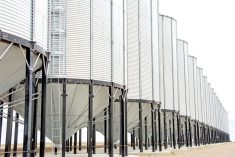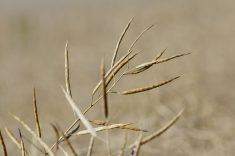Farmers’ realized net income dropped by over eight per cent in 2022 as expenses outpaced the rise in cash receipts, a new Statistics Canada report says.
Realized net income is the difference between cash receipts and operating expenses, minus depreciation and plus income in kind.
When cannabis is included, realized net income dropped by nearly 10 per cent.
According to a May 25 report from StatCan, total cash receipts increased by nearly 15 per cent to $95.0 billion in from $82.8 billion in 2021. Crop revenues rose over 15 per cent to $54.1 billion due to higher average prices for all major grain and oilseed crops.
Read Also

U.S. grains: Soy futures set 15-month high after China agrees to purchases
U.S. soybean futures reached a 15-month high on Thursday after President Donald Trump’s administration said top-importer China agreed to buy tens of millions of tons of American crops in the next few years as part of a trade truce.
Cash receipts for wheat, excluding durum, rose by nearly 29 per cent to $9.3 billion — prices rose nearly 42 per cent, though marketings fell by nine per cent due to low carryover from 2021. Canola prices rose nearly 39 per cent, offsetting a more than 18 per cent drop in marketings, leading to an increase in cash receipts of more than 13 per cent.
Livestock receipts climbed 12 per cent to $33.6 billion with gains across cattle, dairy, poultry and the hog sectors. Cattle receipts increased nearly 17 per cent to $10.8 billion as the number of cattle slaughtered in Canada reached the highest levels since 2008, the report said. Dairy receipts rose about 11 per cent to $8.2 billion.
However, expenses rose by over 21 per cent — the largest gain since 1974, the report said.
“Farmers faced higher costs for key agricultural inputs, including fertilizer, feed and fuel,” the report said.
Total farm operating expenses were $72.5 in 2022. Fertilizer expenses rose by 62 per cent to $11.9 billion.
“Russia’s invasion of Ukraine added more pressure to fertilizer markets already stressed by natural disasters and high natural gas prices,” the report said.
Commercial feed expenses for livestock producers increased by nearly 21 per cent, a hangover from 2021’s drought. Alberta imported record amounts of corn.
And machinery fuel expenses increased nearly 59 per cent on supply chain disruptions, influenced by sanctions imposed on Russia.













